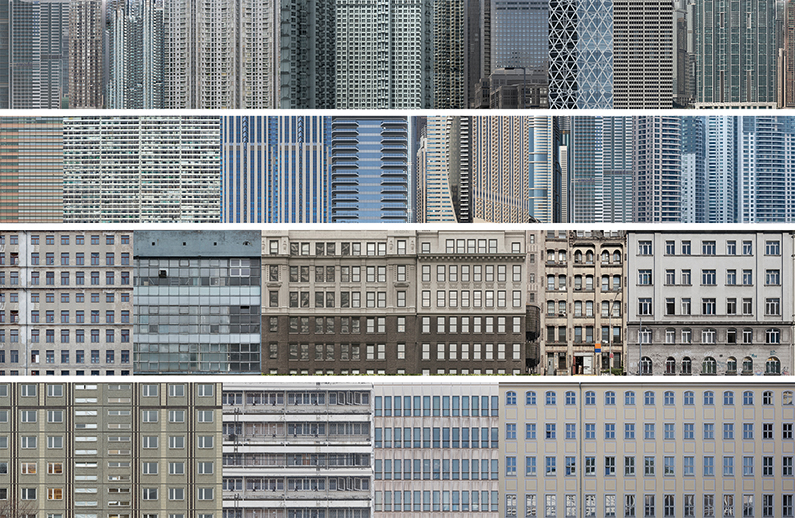

These can be useful for simulating various effects when you don’t have an image of the real material handy they can also be applied to augment the appearance in various ways. The other texture types are called procedural, which means the textures are generated according to algorithms built into Blender itself. You could even use a movie, which plays during the animation of the scene.
BLENDER TEXTURES MOVIE
The Image or Movie texture type lets you use a scanned image to texture your object: for example, you can scan an actual piece of metal and use that to give your object a realistic metallic appearance, or use a photograph of an actual brick wall to texture the wall of a building model, and so on. When you create a texture in Blender, you will see a popup menu listing a whole lot of different types for the texture. You would do well to dedicate at least a few hours of your time to experimenting with it, so that in a future real production situation, you will be spared all that hassle.
BLENDER TEXTURES TRIAL
Enough practice with ray-tracing can also help you get stunning effects with just few clicks without you having to do much trial and error. It is therefore best to apply the ray-tracing effects when you're completely done with your modelling to help reduce high CPU usage.

Reflection is done in two different ways because, while ray-tracing produces the most realistic renders, it is also very CPU-intensive. Note that reflections produced by ray-tracing are separate from that produced by the specular shader: the former are controlled by the material's mirror colour, while the latter is controlled by its specular colour. This can be used for real-world effects like fire, smoke and plasma, or to create fantasy effects with no connection to reality. Halo rendering means an object no longer looks like solid matter, instead it appears to be made of bits of light. You can control these settings on a per-material basis. Blender provides two separate groups of ray-tracing settings, one for reflection of light and the other for its transmission through the material. It is capable of producing exquisite reflection and refraction effects, including different degrees of reflectivity, translucency and transparency, and representing materials with different indexes of refraction.

Ray-tracing is a technique for modeling the physical path of light through the scene. Blender's material settings always involve both kinds of shaders, but you can adjust a material's diffuse and specular colours separately to control their respective effects if you set the specular colour to black, the surface will no longer produce reflections. Shaders determine how the appearance of a material varies with the angle of the light: diffuse shaders give a non-shiny look, while specular shaders give a mirror-like finish. Other Material Settings Īdditional settings you can specify for a material include shaders, ray-tracing and halo. Note that textures have to be attached to materials to affect objects, you cannot apply a texture to an object without a material. Multiple textures can interact with each other to produce interesting effects. Instead most of them have patterning or variation in color: consider the grain in a piece of wood, the pile in a carpet, or the mortar in a brick wall.īlender allows textures to influence materials in various ways, such as altering their colors. Very few objects in the real world have completely uniform surfaces. A texture is a pattern that breaks up the uniform appearance of the material.

Material versus Texture Ī material defines the optical properties of an object: its color and whether it is dull or shiny.


 0 kommentar(er)
0 kommentar(er)
